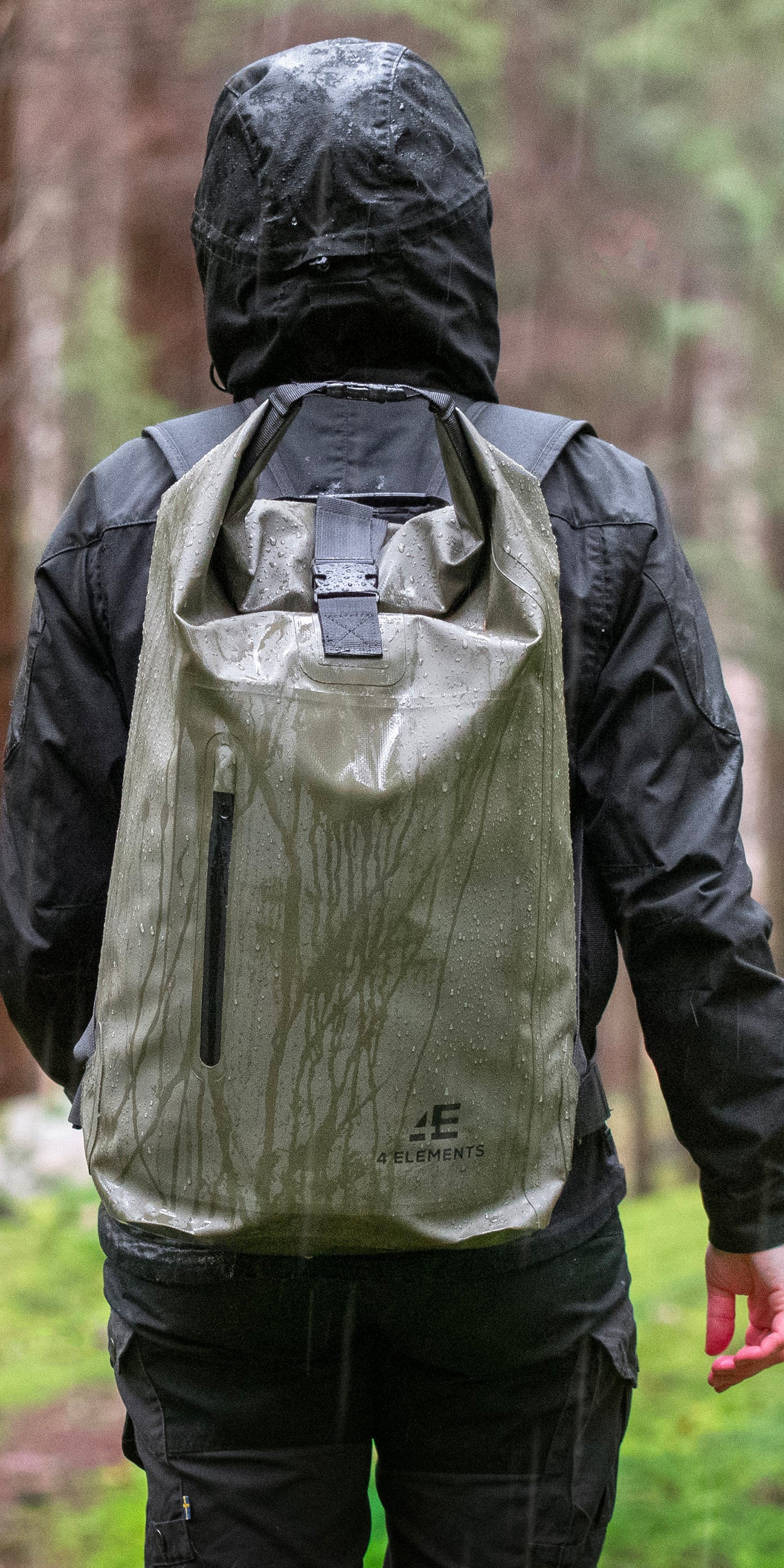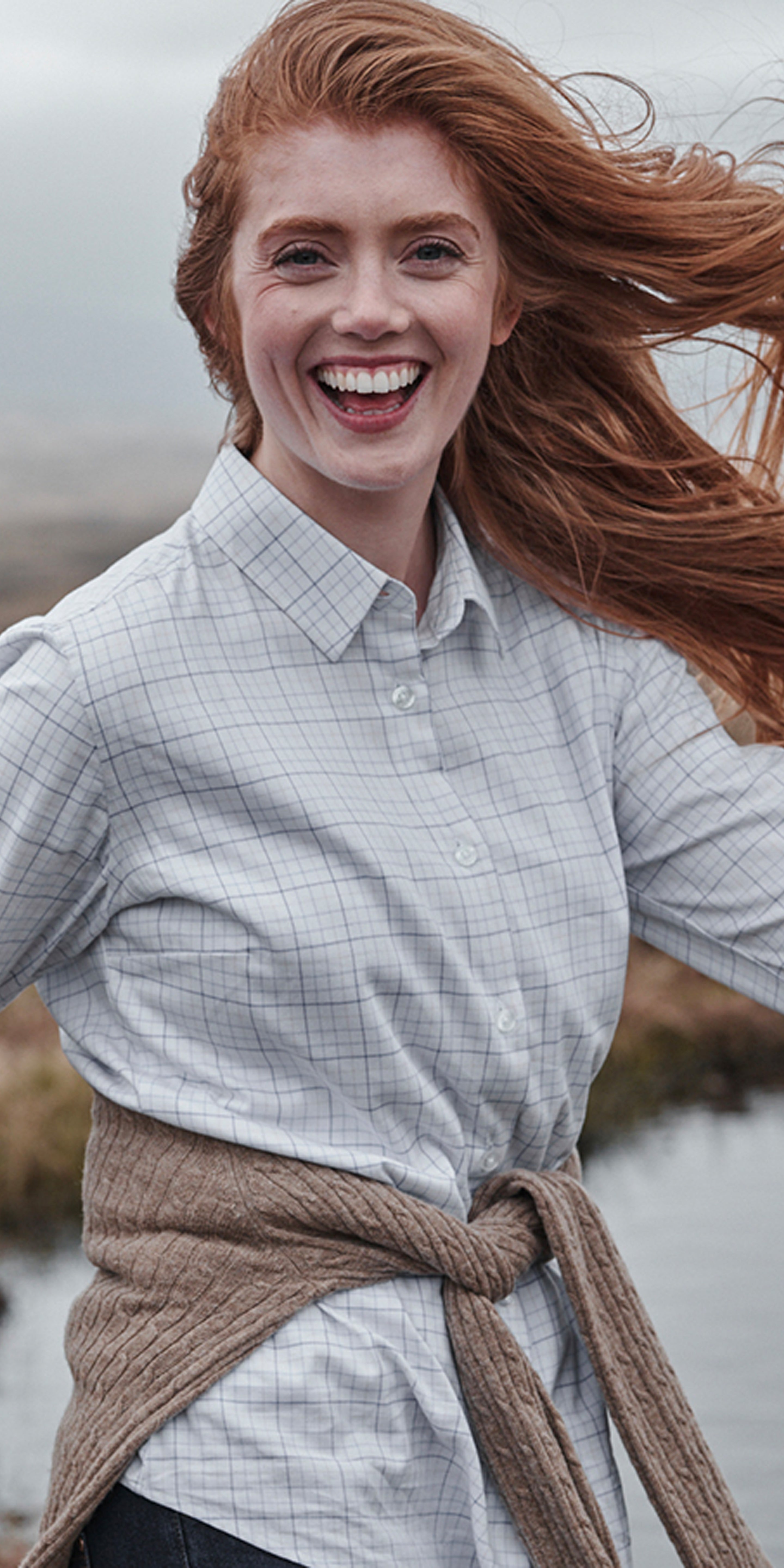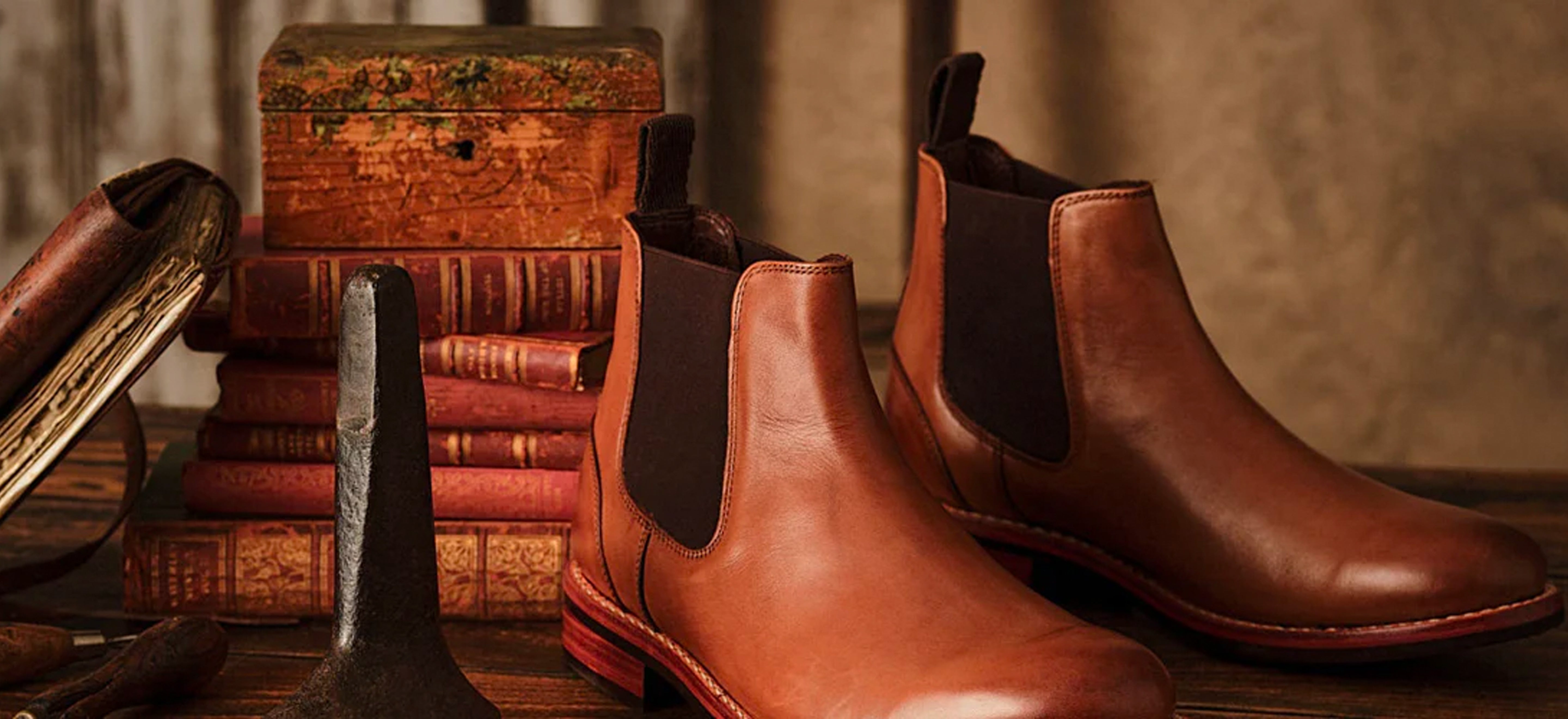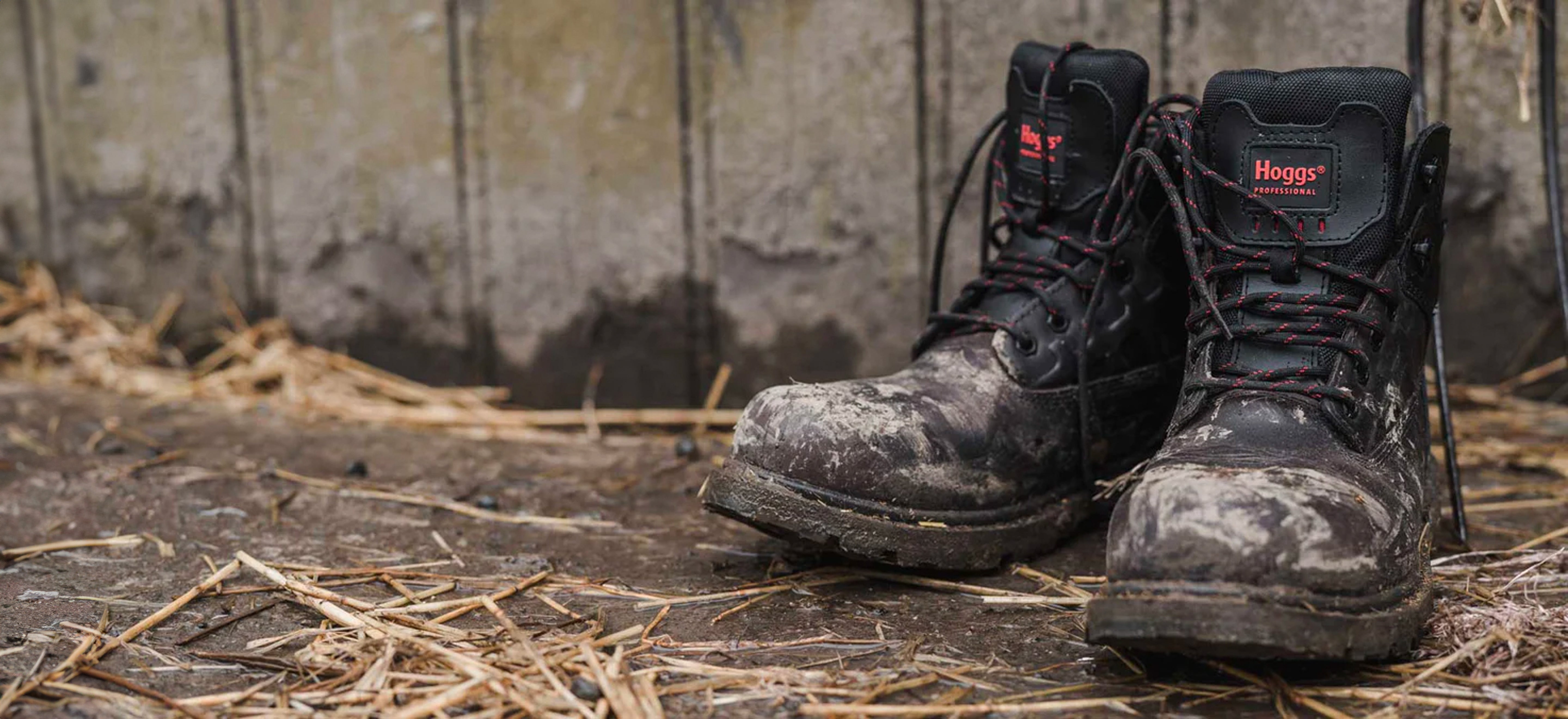In a world where unpredictable weather patterns are becoming the norm, the demand for waterproof clothing, fabrics, and footwear is steadily on the rise. Whether you're an outdoor enthusiast, a commuter navigating through urban jungles, or someone who simply wants to stay dry during unexpected downpours, understanding the science behind waterproofing is essential. In this blog, we'll explore the various methods and technologies employed in the waterproofing of everyday items, excluding specific brand names to focus on the broader aspects of this crucial aspect of modern textiles.
The Basics of Waterproofing:
Waterproofing is the process of making an item resistant to the penetration of water. This is achieved through the application of various treatments or the use of specialized materials designed to repel water. The primary goal is to create a barrier that prevents water molecules from entering the fabric or material while still allowing air to pass through, maintaining breathability.
Types of Waterproofing Technologies:
-
Durable Water Repellent (DWR) Finishes: One of the most common methods of waterproofing involves the application of a Durable Water Repellent (DWR) finish. This treatment alters the surface tension of the fabric, causing water to bead up and roll off rather than being absorbed. DWR coatings are often used on outer layers of jackets, pants, and footwear.
-
Membrane Technology: Membrane technologies involve the incorporation of a thin, breathable layer into the fabric. Popular examples include Gore-Tex and ePTFE membranes. These membranes consist of microscopic pores that are smaller than water droplets but larger than water vapor molecules, allowing sweat to escape while preventing water from entering.
-
Laminates: Laminates involve bonding a waterproof layer directly onto the fabric. This can be done through various methods, including heat lamination or adhesive bonding. Laminates provide an additional layer of protection against water intrusion.
-
Wax and Oil Treatments: Traditional methods like wax and oil treatments have been used for centuries to enhance the water resistance of fabrics. While these treatments may not be as high-tech as modern membrane technologies, they are effective and can be reapplied to maintain their waterproofing properties.
-
Nanotechnology: Nanotechnology has paved the way for advanced waterproofing treatments at the molecular level. Nano-sized particles can be applied to fabrics, creating a barrier that repels water while still allowing for breathability.
Maintenance and Sustainability:
While waterproofing technologies have come a long way, it's essential to consider the maintenance of waterproof items. Over time, DWR finishes can wear off, and reapplying them may be necessary. Following care instructions and using eco-friendly reproofing agents can contribute to the longevity of waterproof garments while minimising environmental impact.
Conclusion:
Waterproofing in clothing, fabrics, and footwear is a dynamic field that continues to evolve. Whether it's a weekend hike, a rainy commute, or just staying dry on a casual stroll, understanding the various waterproofing technologies can help you make informed choices when selecting items for your wardrobe. As technology advances and sustainability becomes a focal point, we can expect even more innovative and eco-friendly solutions in the realm of waterproofing.
















